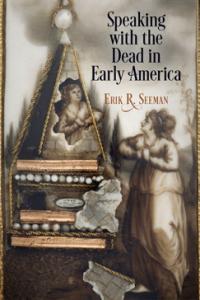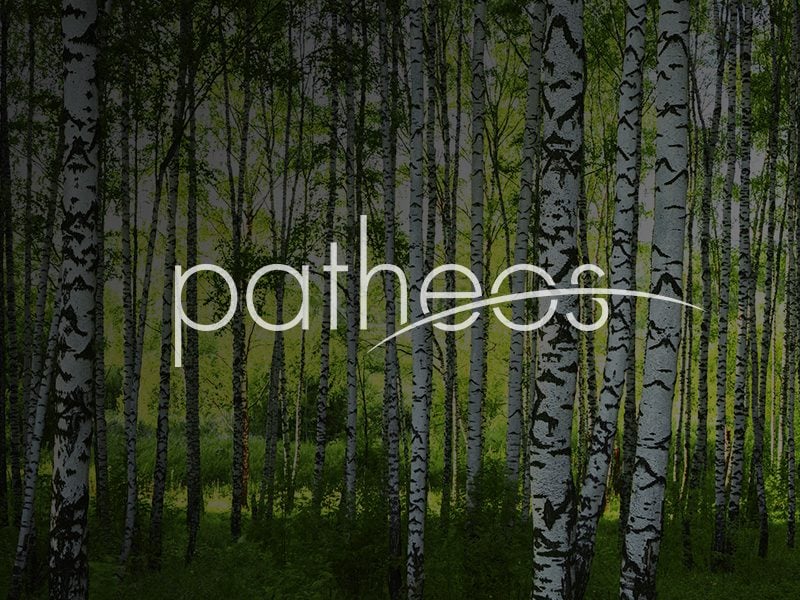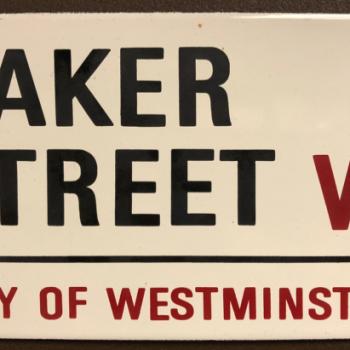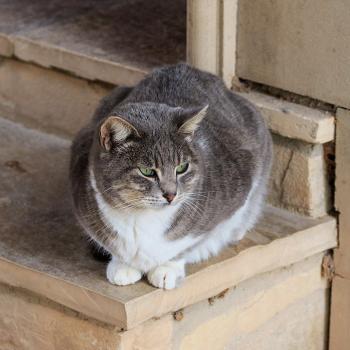 George Saunders’s novel Lincoln in the Bardo springs from an actual historical event, but ends up with more to say about loss and the afterlife than historical record. Abraham Lincoln’s son Willie died of typhoid in 1862. President Lincoln made nighttime visits to the boy’s tomb, and around that report Saunders builds a strange world of souls in denial of death–literally and conceptually—who greet the boy in Oak Hill Cemetary. Saunders renders this a bardo, in Tibetan Buddhism a liminal stage between death and rebirth. This is not exactly a Tibetan bardo but what the author calls a “twisted” version of it, dovetailing with other conceptions of afterlife and the author’s own creation. Willie’s graveyard neighbors don’t even believe themselves dead but come out to retell stories of the accidents and afflictions that brought them to this place, and to which they cling, reluctant to move on to more final judgment.
George Saunders’s novel Lincoln in the Bardo springs from an actual historical event, but ends up with more to say about loss and the afterlife than historical record. Abraham Lincoln’s son Willie died of typhoid in 1862. President Lincoln made nighttime visits to the boy’s tomb, and around that report Saunders builds a strange world of souls in denial of death–literally and conceptually—who greet the boy in Oak Hill Cemetary. Saunders renders this a bardo, in Tibetan Buddhism a liminal stage between death and rebirth. This is not exactly a Tibetan bardo but what the author calls a “twisted” version of it, dovetailing with other conceptions of afterlife and the author’s own creation. Willie’s graveyard neighbors don’t even believe themselves dead but come out to retell stories of the accidents and afflictions that brought them to this place, and to which they cling, reluctant to move on to more final judgment.
In these ghosts we see human pettiness and cruelty, but they also relish also some startling community, ability to share the life of someone else and see through the other’s eyes, feet, hands, brain, tongue–which they can do because they are only gauzily corporeal. Their bodies do not entirely disappear but seem no more in the control of their possessors than living bodies are, growing more or bigger organs, appendages, satellites, self-parodies, in ways grotesque and sometimes Dantean. The author is not aiming to do religious history or even historical fiction narrowly defined. Saunders’s purpose is not to map the actual landscape of the afterlife or even to place nineteenth-century characters inside one that would seem plausible to them. Instead, the novel meditates on grief and grievance.
But the novel does invite us to puzzle over some nineteenth-century views of the afterlife that might be surprising. A century of religious ferment (though aren’t they all?), the nineteenth century in America simultaneously saw growth in institutions of pretty orthodox Christianity and also in some unusual variations. A popular one was Spiritualism, embracing a range of beliefs about the spirit world, especially for making contact with the dead. Spiritualism’s origins come in 1848, when the Fox sisters reported communication with the dead, rapping on walls to reveal presence and perturbation. This strange seed fell on the spiritually fertile soil of upstate New York. Seances, Ouija games, and mediums who could speak for one’s beloved departed became common efforts to make contact with spirits, even though some founders of the movement recanted.
What would have made people in a solidly Protestant culture sympathetic to the idea that knocking on a wall could summon the dead? And, further, what would make such beliefs seem compatible with Christian belief? From the standpoint of the living, it could be desire to keep close those who were gone, to have them know one’s final resentment or appreciation of them. From the standpoint of the dead (or what one might imagine of their position), this lingering could show a desire to delay punishment or departure, or to touch again those who mourned.
The dead might also hope to delay last judgment in order to make amends or reconciliation, seek remedy from wounds inflicted in life. In this respect Saunders’s setting may make a reader think not of bardo but Purgatory.
That is perhaps no less a jarring notion to some Protestants now than it would have been to their nineteenth-century American counterparts, some of whom remain notorious for virulent anti-Catholicism. Textbook Purgatory is a period or process of final purification experienced by those who died in friendship with God. Writers have proven imaginative in describing it, from Dante’s vision to what Saunders himself describes, Purgatory as feeling like “you were in prison and it’s not terrible and it’s not great, and you feel a little crappy because you were not in the presence of God.” Like Spiritualism, the very premise of Saunders’s story might suggest a felt need for something to supplement Protestant visions of the afterlife. Both for the sake of the departed and for those bereaved, people want the dead not to be really gone, even if, as President Lincoln hopes for his son, the dead have arrived in a better place.
Catholics have offered additional answers to this mystery beyond the ones Protestants claim. Some Catholic memorial and intercessory practices don’t sequester the dead but keep them in the neighborhood, so that, in Carlos Eire’s words, the dead turn out to be “just as demanding of one’s attention as one’s living relatives and neighbors, haunting not just one’s memory and imagination but one’s calendar, purse, and estate as well.” Purgatory makes provision for the deceased’s ongoing improvement and for the living ones’ continued connection with them. It offers some solutions to these puzzles raised in Saunders’s novel and in life: can the dead change? do the dead in fact need some means, time, and place to leave behind whatever grievance they carried to their graves?
That is, is there a case to be made for a Protestant Purgatory? It’s not an easy case to make, since Purgatory, with its connection to indulgences and works righteousness, was implicated in many aspects of Catholicism that sixteenth-century reformers decisively rejected. But recent interest reconsidering Purgatory has come among some American Protestants, with a controversial recent book by Jerry L. Walls, contested by some, affirmed by others.
Solid theological reasons may suffice to keep Protestants from conceding this option in the afterlife, but it is safe to say it merits more serious credence than taking one’s cues from a ghost tapping on a wall. And as we observe in Saunders’s novel, moving past death is no straightforward process.













